It can be argued that the United States maybe one of the greatest countries ever created. All based on a document, the Constitution written by forward thinking men many years ago who wanted to create a society where all citizen where treated equal and fair. The ideals are there and for the most part it has been very successful. Unfortunately, Politian’s interpret it in many ways and due to a thirst for power and control, warped values, good intentions, prejudices, and fears, over time some have made some horrendous decisions. One such event was the internment of Japanese.
On the morning of December 7, 1941, Japan launched a sneak attack on the U.S. Pacific Fleet’s base at Pearl Harbor in Hawaii, as part of a plan to eliminate any potential challenge to Japanese conquests in Asia. The attack compelled the United States to enter World War II as a combatant, and to wage a costly, bloody struggle to defeat the Japanese empire.
There was fear that more attacks could occur from across the Pacific to the west coast. Even Elk Grove had a 24-hour plane lookout station on the top of the Odd Fellows building. This fear cumulated and set in motion an unprecedented directive by the United States against some of its Japanese U.S. citizens. Franklin Delano Roosevelt signed Executive Order #9066 on February 19, 1942. It gave the U.S. Army unprecedented powers over civilians and allowed removal of all persons of Japanese ancestry who lived on the west coast of the United States and their placement in internment camps during World War II.

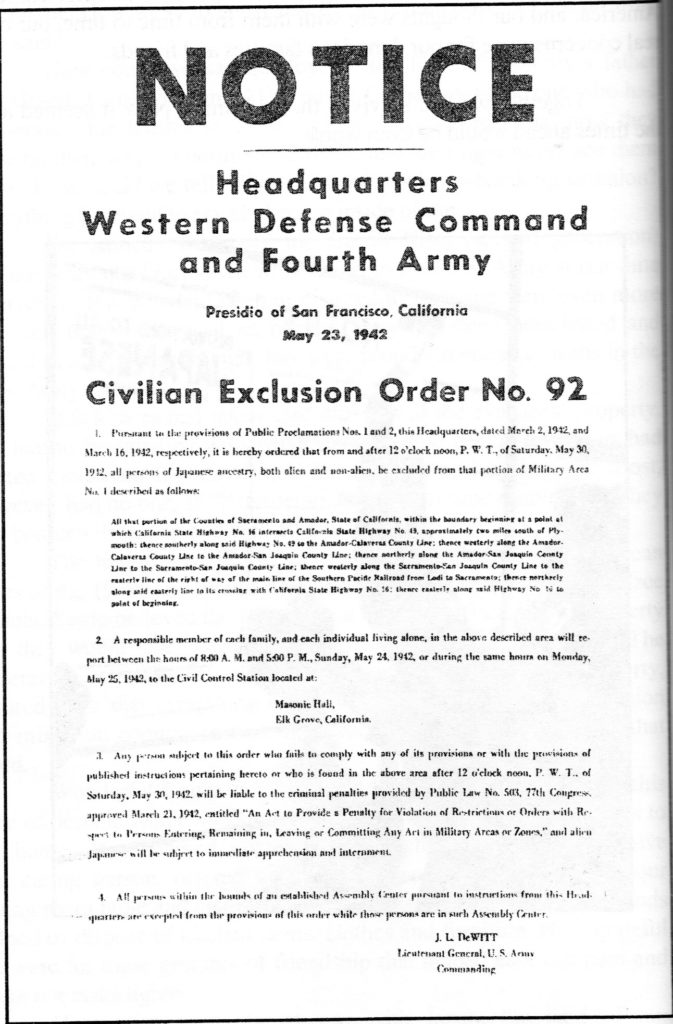
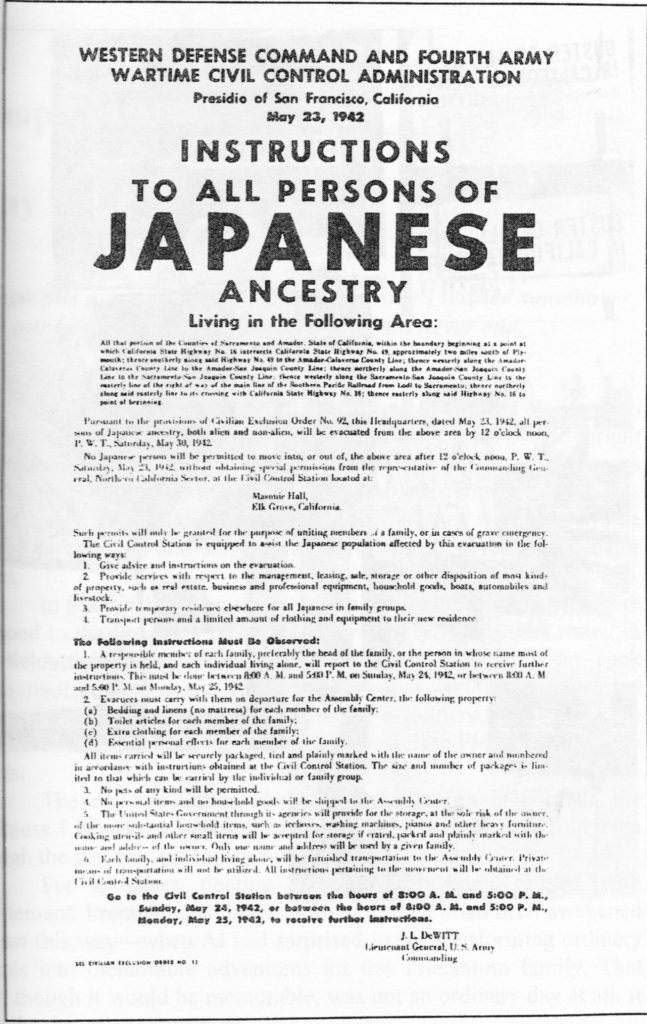
There were ten camps established for the purpose of containing the Japanese Americans who were evacuated from their West Coast homes in 1942. The camps were in Tule Lake (Redding) and Manzanar (Fresno), California; Gila and Poston, Arizona; Topaz, Utah; Heart Mountain, Wyoming; Granada, Colorado; Jerome and Rohwer, Arkansas; and Minidoka, Idaho. The camps were open from 1942 until 1946.
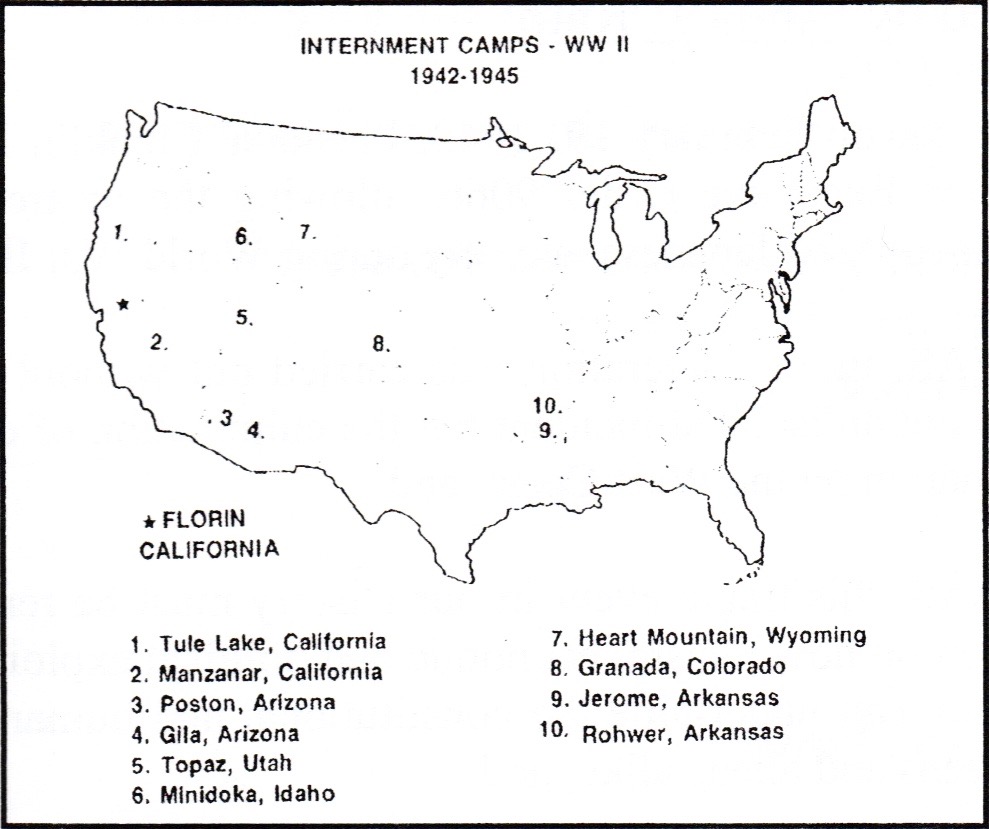
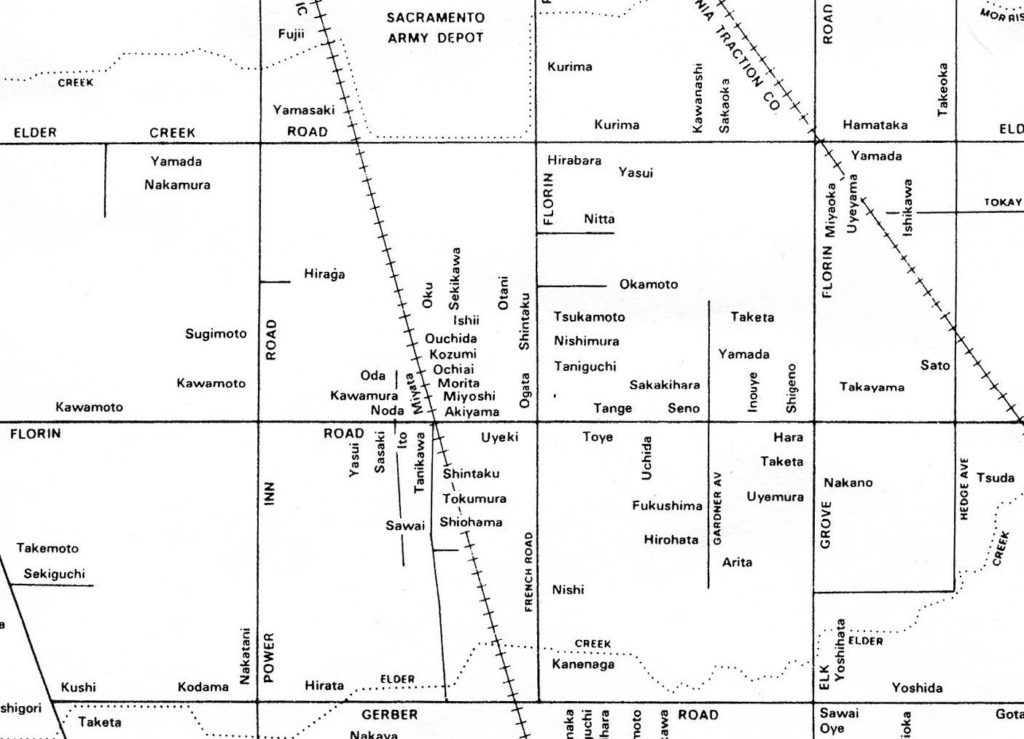
Very productive and hard working Japanese farmers grew strawberries and grapes from highway 99 to Mather AFB. They grew a massive amount of produce that they loaded in railroad cars in Florin and shipped through out the USA.

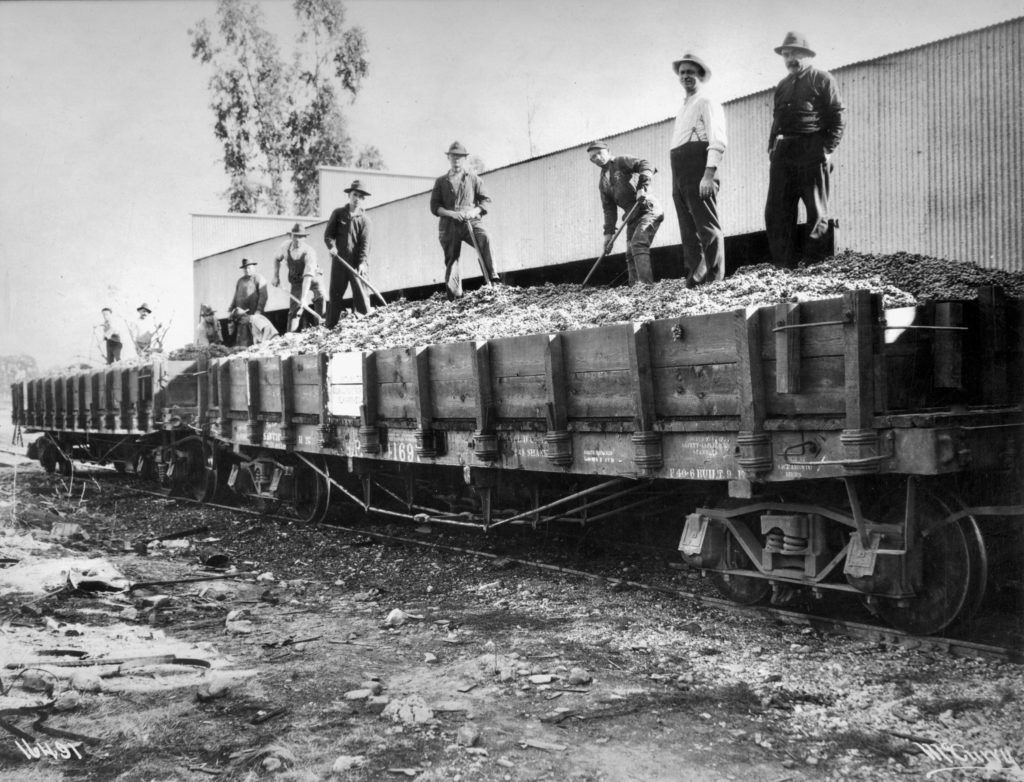
But on May 29, 1942, the local Japanese were ordered to gather only belongings they could carry and within a month whole families were sent to the camps. 2,000 Japanese just from our area and half of the students from the only high school in the area, Elk Grover High were gone in only a moment’s time. There was no protesting, no hesitation, it just happened quietly. They learned later that it was a secret and was kept from the remainder of the United States.
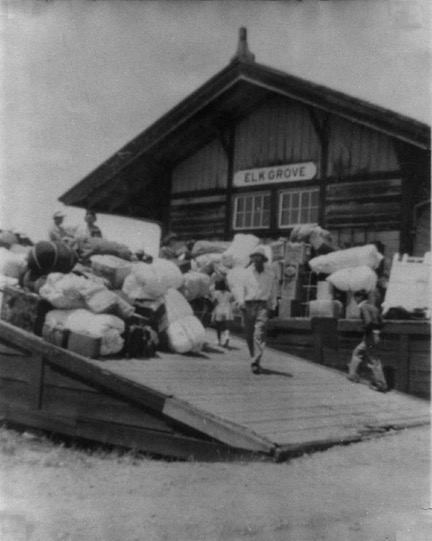
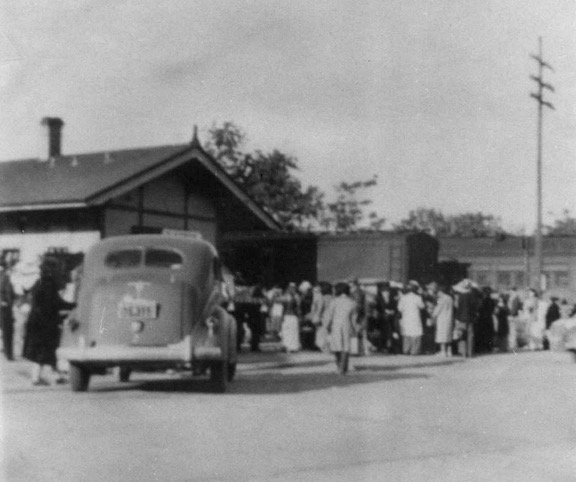

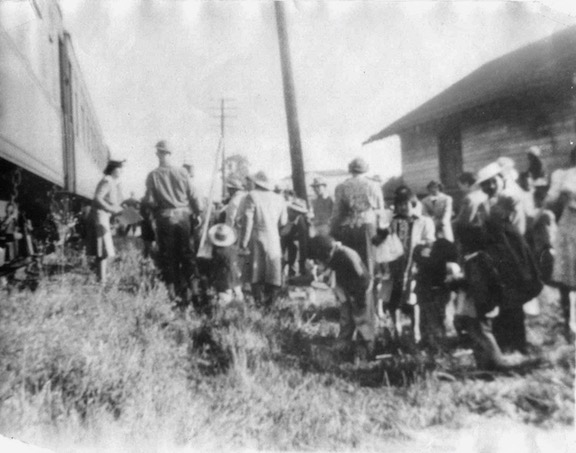
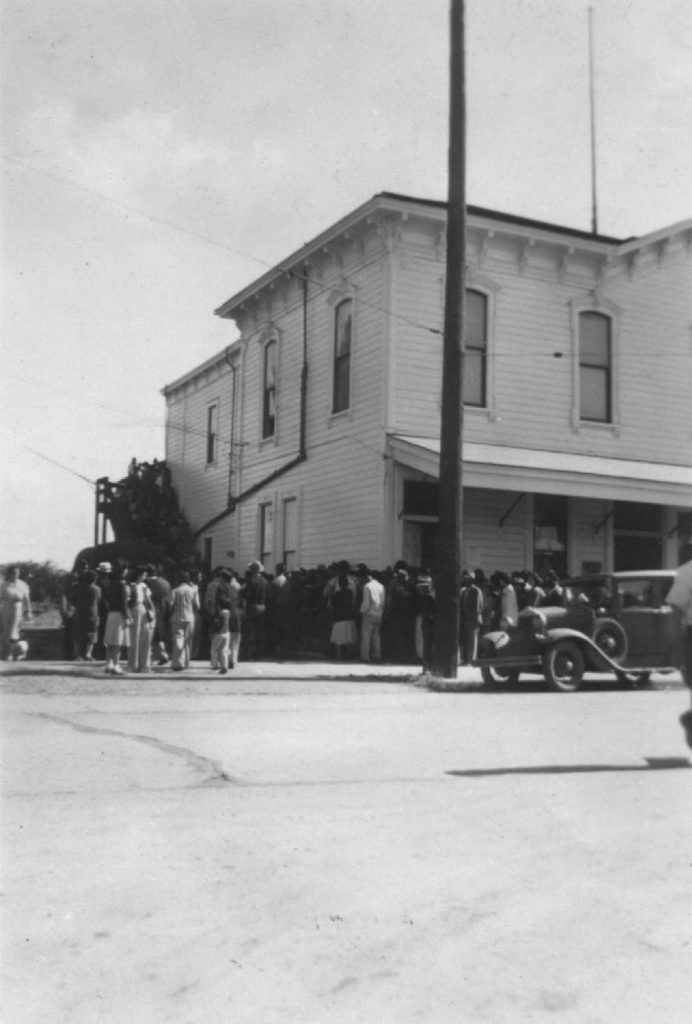
The Japanese learned to cope in the camps and were creative in surviving the ordeal. After their release many never returned to their homes as they no longer existed and they lost all their land and belongings. Obviously, there are stories of some who did and how the land was salvaged and taken care of by non-Japanese, but that wasn’t usually the case. An exception was Florin native, Bob Fletcher who took care of five ranches for his friends until their return.
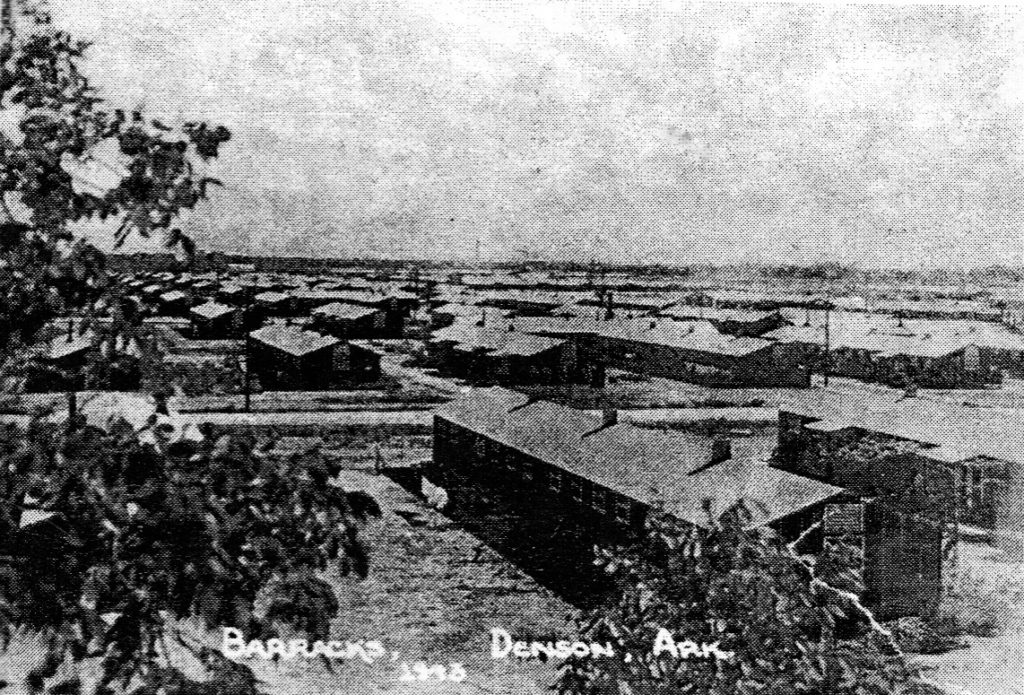
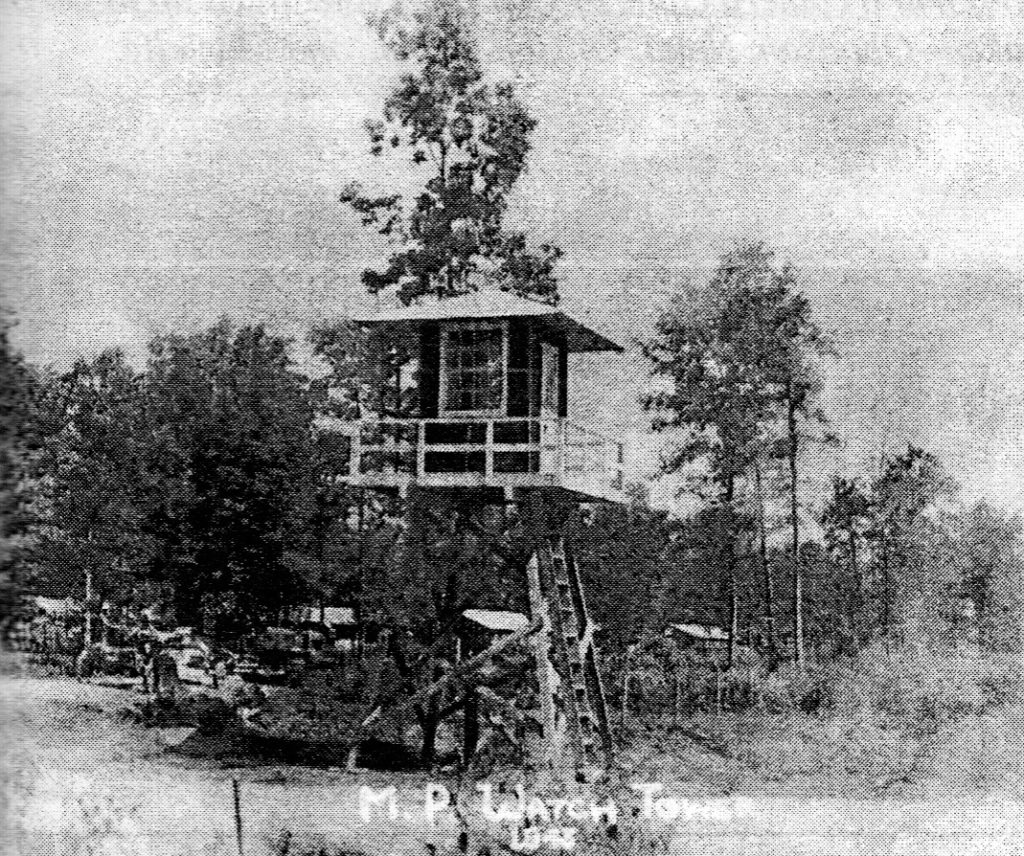
Al & Mary Tsukamoto in their dating years
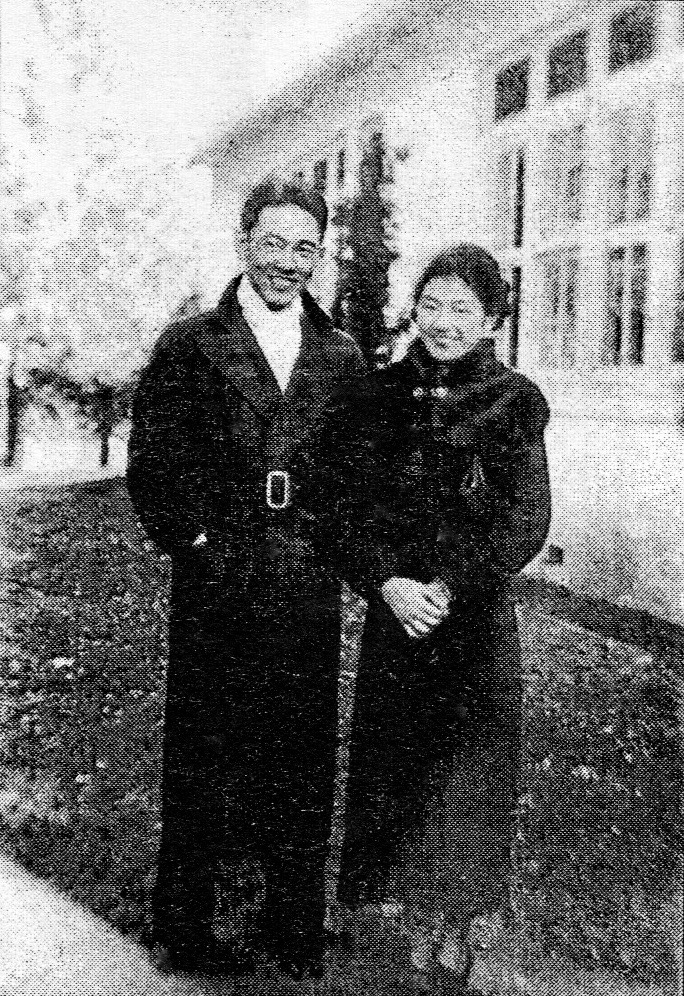
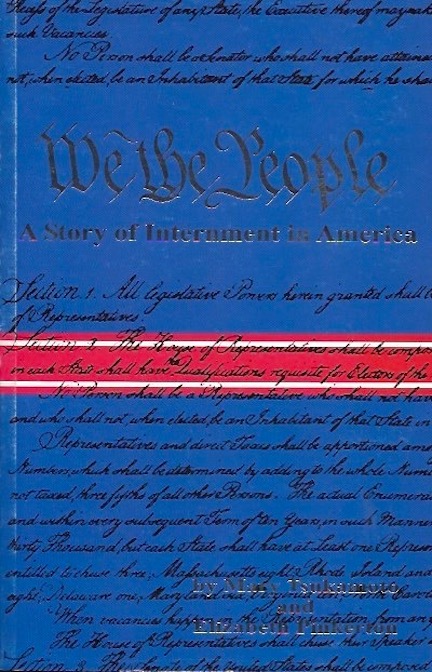
Al & Mary Tsukamoto were one local family that was relocated to Jerome, Arkansas. Mary and Elizabeth Pinkerton collaborated and have written a book, “We the People, A Story of Internment in America”in which they describe in great detail the events, feelings, and conditions that happened before, during, and after the internment. It is an eye-opening narrative that will give you pause about what is capable of happening in this wonderful country. The book is $20 and can be purchased by contacting Elizabeth Pinkerton at elizabethpink@gmail.com or (916) 685-0606.
You will never be the same once you have read it.

The Florin Historical Society has recently (2019) released their own history book of the town of Florin which includes short histories of many of the Japanese families. Also, there are many before and after photos and histories of many of the buildings and town. If interested, the book can be purchased for $20 by calling Curt Darling at (209) 327-4348.